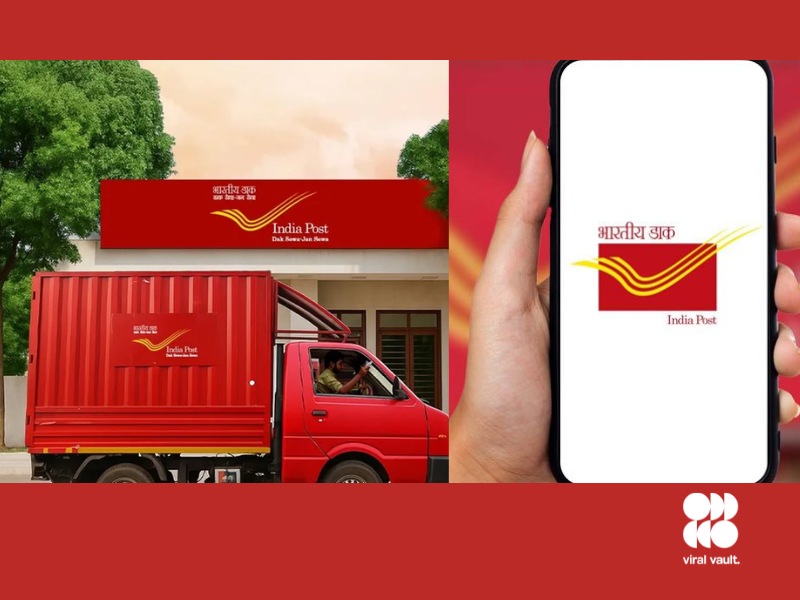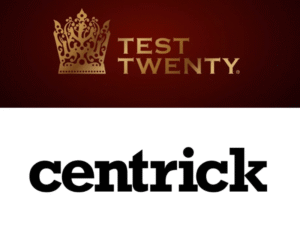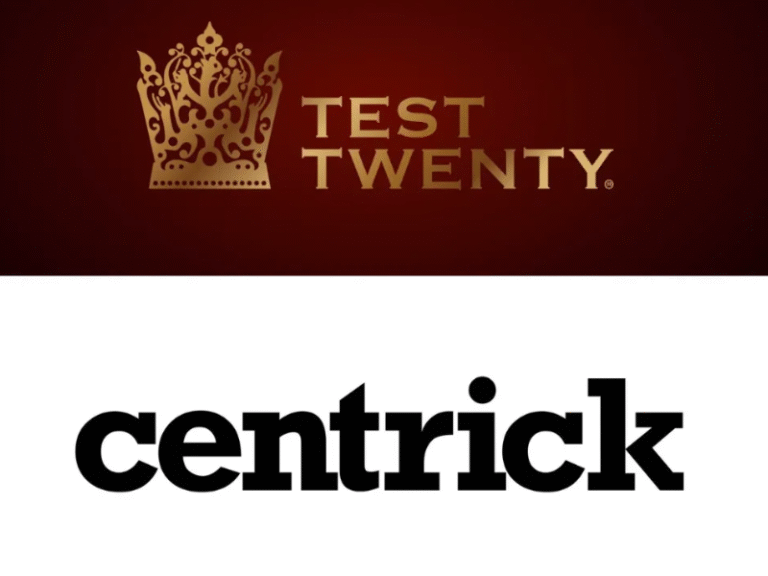India Post has announced that its iconic Registered Post service will be phased out from September 1, 2025, in favor of a unified model under Speed Post. This move marks the end of a decades-old offering known for its reliability and legal validity.
Historically trusted for delivering sensitive documents-such as appointment letters, legal notices, and official communications-Registered Post has seen steady decline in usage. Government data indicates that registered parcels fell from 244 million in 2011–12 to 184.6 million by 2019–20, even before digital alternatives accelerated the transition. The decline is attributed to stronger competition from private courier services, e-commerce deliveries, and rising digital communication.
Starting next month, all government bodies, courts, educational institutions, and regular users are instructed to transition to Speed Post. Under this consolidation, the secure delivery features of Registered Post will be preserved within the Speed Post framework. Users will still be able to opt for recipient-specific confirmation and proof of delivery-at an incremental charge. For example, a standard ₹5 letter can be registered for an additional ₹17, bringing the total to ₹22.
Speed Post, in contrast, emphasizes faster delivery, allowing any individual at the destination to accept the parcel. While delivery speed improves, the merger ensures accountability through optional registered status.
The announcement has generated mixed reactions. While authorities emphasize cost-efficiency, streamlined operations, and faster delivery aligned with digital-era expectations, critics raise concerns over affordability. Registered Post rates begin at ₹25.96 plus ₹5 per 20 g, compared to Speed Post’s base rate of ₹41 for up to 50 g-a differential impacting rural users who rely heavily on traditional postal communication. Nonetheless, officials stress the strategic necessity to reshape postal services for evolving consumer behavior.












